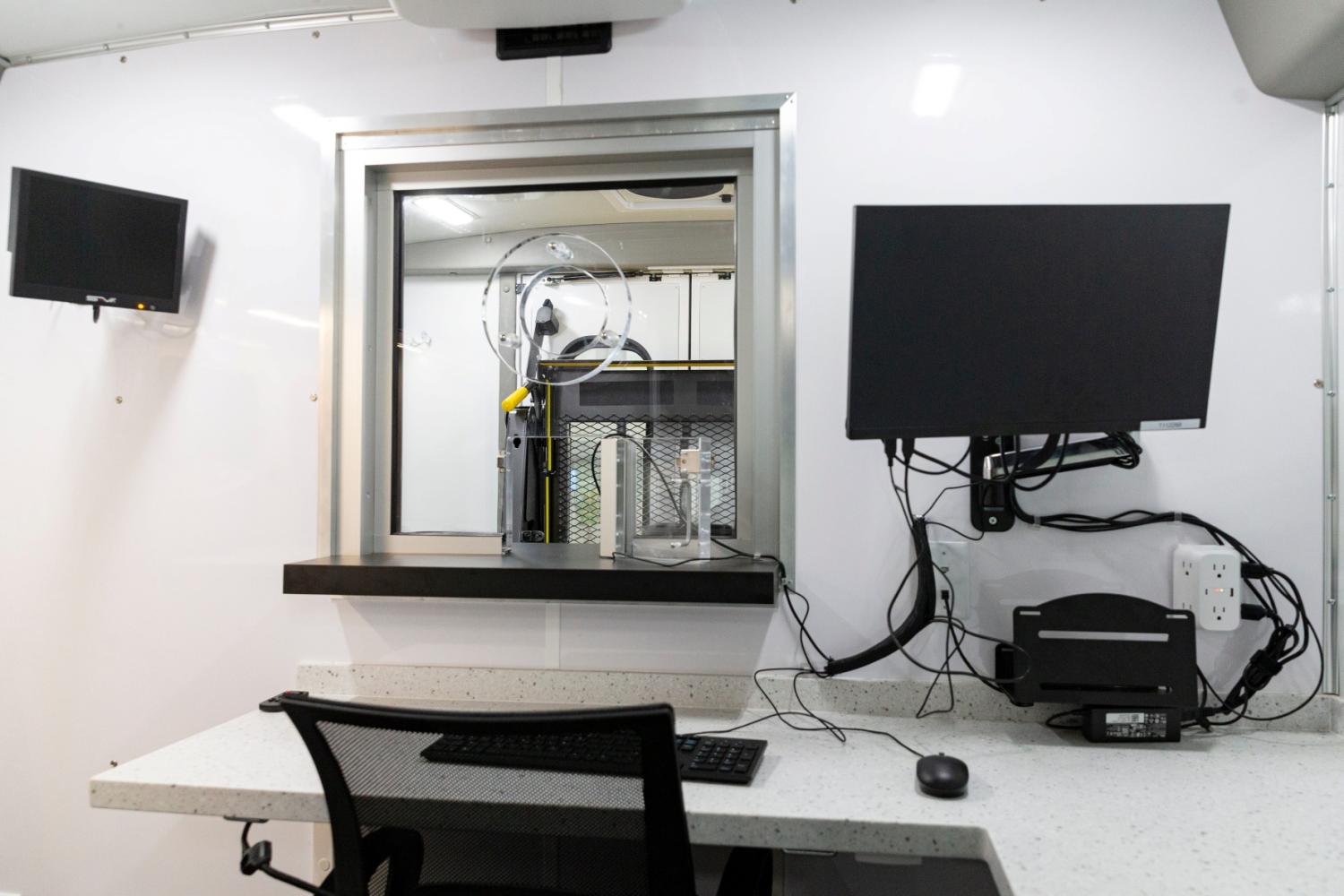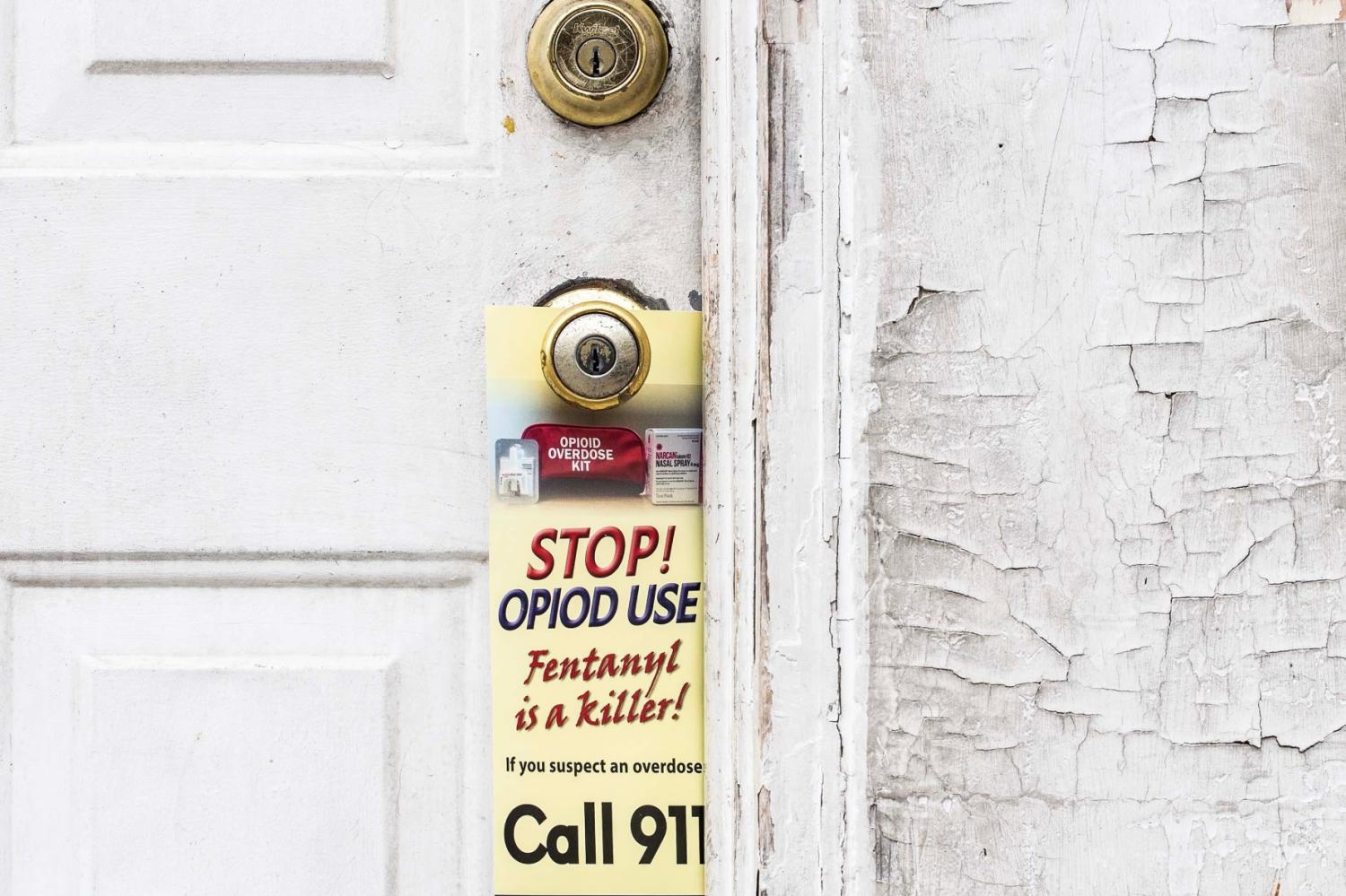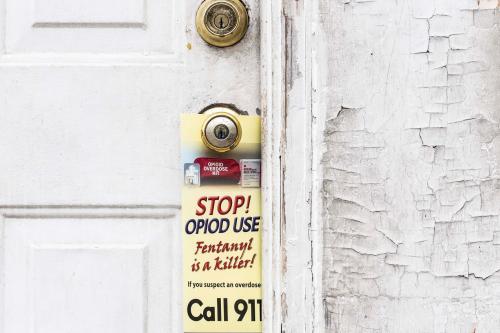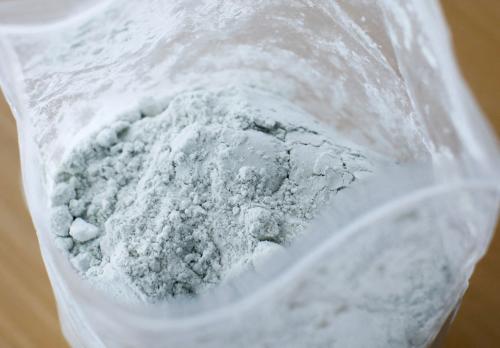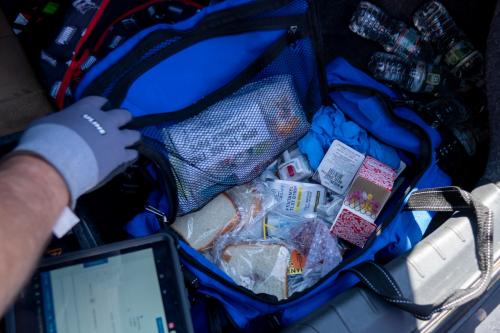Executive summary
This paper explores practical strategies to expand access to addiction treatment for persons living with opioid use disorders (OUDs). Particular focus is placed on strategies to expand access to medications for opioid use disorder (MOUD), such as methadone and buprenorphine—the first-line, evidence-informed, recommended treatment modalities for most patients who live with OUD.
This paper begins by documenting the substantial OUD treatment gap.
It then discusses ways to make MOUD more accessible, attractive, and affordable. Important measures to accomplish these goals include improved reimbursement and coverage practices by Medicaid and other payors, as well as Medicaid waivers to expand coverage and service linkage to addiction services for key populations, such as persons leaving jails and prisons with addiction disorder.
The paper then discusses the barriers, challenges, and facilitators associated with practical OUD treatment access and the effectiveness of available treatments. Key challenges include changes in the illicit drug supply, which make patterns of use more lethal and more resistant to effective treatment and harm reduction interventions. These challenges also include stigmatizing attitudes toward addiction and medication treatments harbored by the general public and medical providers, and within the addiction treatment sector itself. Although the opioid epidemic is less politically polarized than prior drug epidemics, this paper cites survey data indicating strong and continuing partisan divides in addiction stigma and in support of evidence-informed interventions. It also cites surveys of medical providers themselves that indicate a far stronger stigma associated with opioid and stimulant use disorders than with HIV, depression, or diabetes.
The paper next discusses equally important but less well-known measures to improve treatment access. These include major and often surprisingly bipartisan efforts enacted under the past four U.S. presidential administrations. There are also lesser-known measures such as the Substance Abuse and Mental Health Administration’s (SAMHSA) recent final rule, which seeks to make MOUD treatment more accessible and person-centric to precariously housed patients and others who are less likely to receive care in conventional clinics. Many of these measures build upon clinical and policy innovations enacted during the COVID-19 pandemic, when the requirements for social distancing spurred increased use of telehealth and other practices, such as allowing patients to take methadone doses home rather than requiring daily physical attendance at a clinic.
The paper makes seven principal recommendations:
- Make Medicaid the cornerstone of sustainable addiction treatment, particularly for the most vulnerable populations. Bolstering Medicaid’s capacity to serve persons living with substance use disorder(s) is the central tool for providing effective, sustainable services at scale for millions of Americans.
- Ensure adequate, predictable, and sustained reimbursement for evidence-informed services across care settings.
- Expand methadone maintenance authority to board-certified addiction medicine physicians, addiction psychiatry physicians, and pharmacies.
- Improve public awareness of the value and availability of medication treatment.
- Improve monitoring and evaluation of programs and policy interventions, with particular attention to practical implementation.
- Improve access to medications for opioid use disorder across care settings.
- Expand syringe services and mobile treatment programs.
Alongside these recommendations, expanded coverage for social support services by Medicaid is warranted and critical for people who use drugs, as they face psychosocial (e.g., stigma), personal (e.g., basic needs), and other structural barriers to MOUD access and uptake. Other challenges remain widespread and must be addressed. These include (i) stigmatization of addiction and MOUD among treatment providers and staff, (ii) inconsistent access to MOUD across care and criminal justice settings (including problem-solving courts), and (iii) geographic treatment disparities. Finally, only 35 states have partially implemented SAMHSA’s final rule, leaving much room for advocacy and policy development in states whose existing regulations may conflict with evidence-informed policies.
The Brookings Institution is committed to quality, independence, and impact.
We are supported by a diverse array of funders. In line with our values and policies, each Brookings publication represents the sole views of its author(s).


